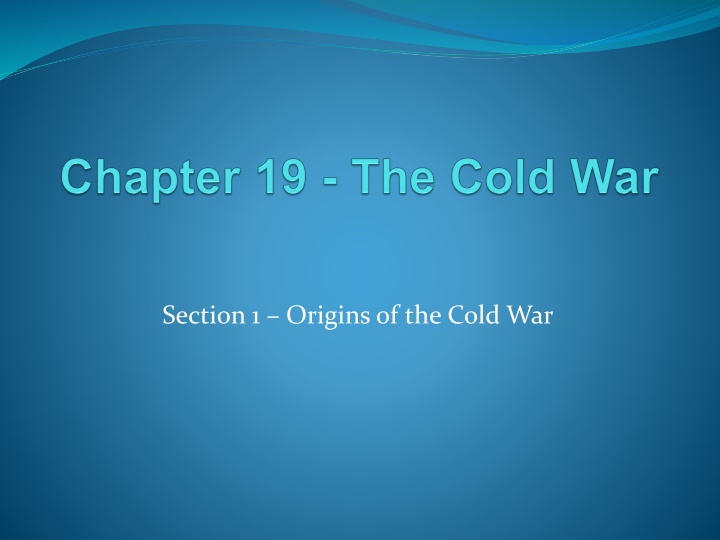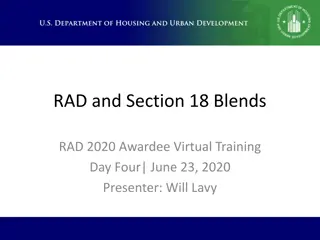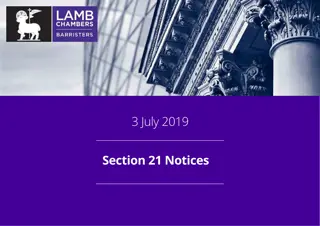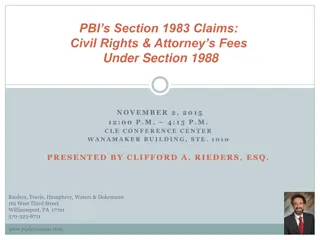
Origins of the Cold War and Postwar Policies
Explore the origins of the Cold War in 1945 and the postwar policies that shaped the rivalry between the United States and the Soviet Union. Learn about critical events such as the Yalta Conference, creation of the United Nations, conflicting postwar goals, Soviet control over Eastern Europe, and the U.S. policy of containment. Discover how these factors laid the foundation for a period of tension and competition known as the Cold War.
Download Presentation

Please find below an Image/Link to download the presentation.
The content on the website is provided AS IS for your information and personal use only. It may not be sold, licensed, or shared on other websites without obtaining consent from the author. If you encounter any issues during the download, it is possible that the publisher has removed the file from their server.
You are allowed to download the files provided on this website for personal or commercial use, subject to the condition that they are used lawfully. All files are the property of their respective owners.
The content on the website is provided AS IS for your information and personal use only. It may not be sold, licensed, or shared on other websites without obtaining consent from the author.
E N D
Presentation Transcript
Section 1 - Objectives Identify why 1945 was a critical year in U.S. foreign relations. Compare postwar goals from the United States and Soviet Union. Explain how the Iron Curtain tightened the Soviet Union s hold over Eastern Europe. Analyze the Truman Doctrine and the U.S. policy of containment.
1945 A Critical Year U.S. Soviet rivalry dates back to 1917 ever since the Russian Revolution. The U.S. did not recognize the Soviet Union s communist government until 1933. Yalta Conference 1945 o Roosevelt and Churchill reject Stalin s demand that Germany pay the Soviet Union $20 billion in war reparations. o Stalin was forced to agree to allow Poland to choose their form of government.
1945 A Critical Year (continued) Creation of the United Nations o Goal was to settle differences peacefully and promote justice and cooperation in solving international problems. Harry S. Truman becomes President o Vice President under FDR o Potsdam Conference continue to debate over issues from Yalta Conference (Poland, war reparations) o Truman hints about America s new extraordinary weapon
Conflicting Postwar Goals The Soviet View The American View Americans had fought to bring democracy and economic opportunity to the conquered nations of Europe and Asia. The Soviets wanted to establish satellite nations, countries subject to Soviet domination, to serve as a buffer zone against attacks from the West again. Economically strong and politically open world would serve American interests by providing markets for its products. The role of the Soviet government was to support and speed up Communist revolutions in other countries throughout the globe.
Soviets Tighten Their Hold The Soviet Union established satellite nations in Poland, Albania, Bulgaria, Czechoslovakia, Hungary, Romania and East Germany. The Iron Curtain Winston Churchill s term describing the division between Communist and non-Communist life. Set the tone for the Cold War, the competition that developed between the U.S. and the Soviet Union for power and influence in the world.
Containment Policy Policy of Containment the United States attempt to resist Soviet attempts to form Communist governments elsewhere in the world. Truman Doctrine speech given by Harry Truman in 1947 calling for the U.S. to take a leadership role in and declaring that the United States would support nations threatened by communism. the world, Congress had approved $400 million in aid to Greece and Turkey to stop Soviet Communism overthrow. Great Britain handed the job of world leadership, with all its burdens and all its glory, to the United States. Undersecretary of State Dean Acheson

















